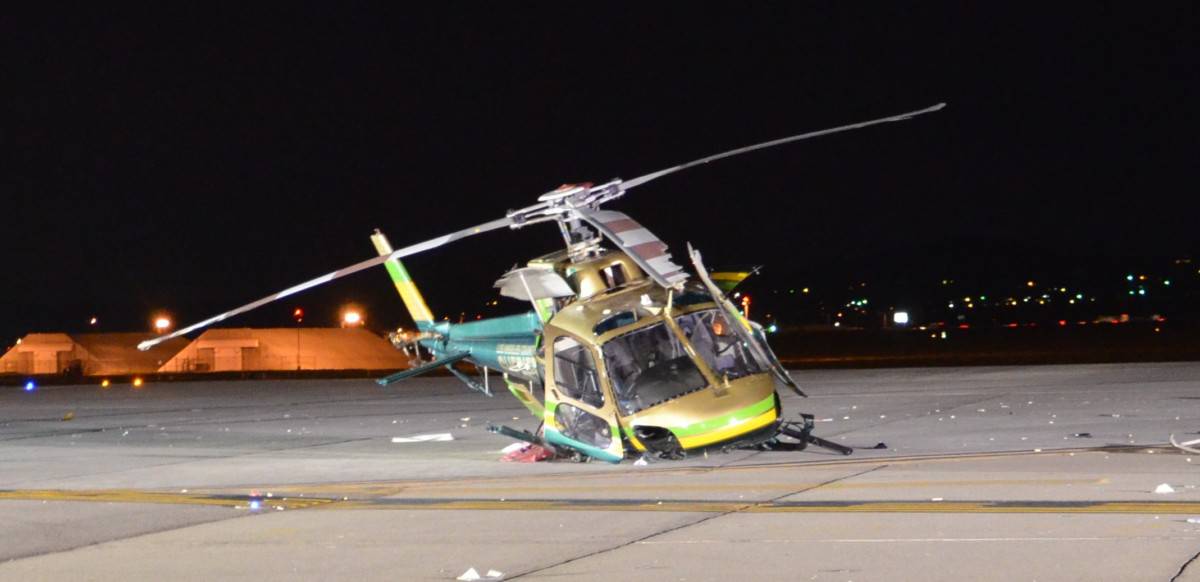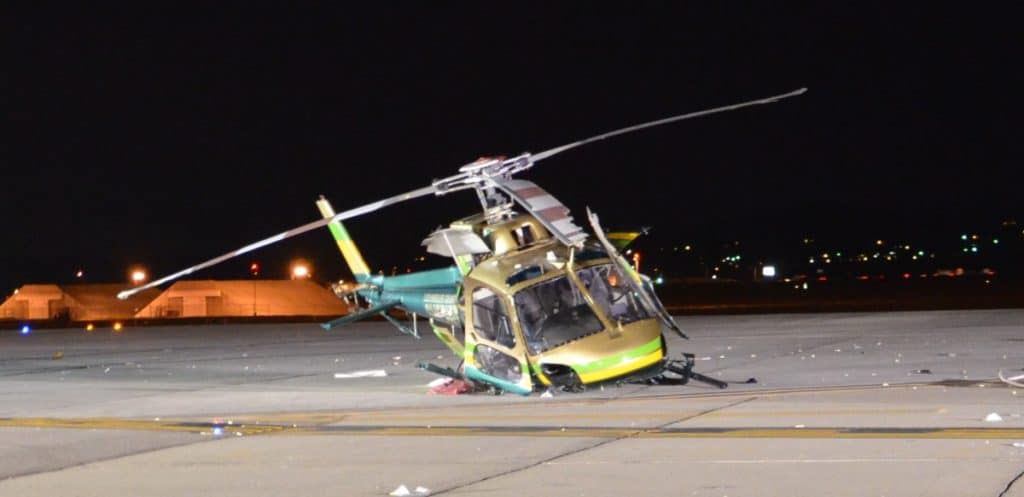
Anytime a helicopter crashes it always makes the news and most of the time this happens the outcome for the passengers is not good. But this is news, not reality. In fact, there are many, many helicopter accidents and incidents where the passengers survive or walk away unharmed, so what makes a helicopter crash survivable?
A crash in a helicopter will be survivable only when the impact forces to the body are minimal and the occupants have the means to escape safely. The majority of helicopter crashes are survivable due to helicopter cabin design, onboard safety equipment, and pilot & passenger training.
There are times when it is ‘Just Their Time‘ and I’m afraid to say I’ve lost several friends over the years to fatal helicopter accidents that were just too violent for the body to survive. But, there are many ways that a helicopter crash is survivable, and knowing a few of these tidbits of knowledge could save you if you were unfortunate enough to be in the wrong aircraft at the wrong time!
Causes of Helicopter Accident Fatalities
There are several ways that cause the occupants of a helicopter to perish when it is involved in an accident:
Blunt Force Trauma
By far the most common means of death in a helicopter crash is blunt force trauma to the body. This can be caused by a sudden impact with the ground, tree, water, or even a piece of aircraft debris. The human body is super strong, but once any part of it receives an impact of 10G or more it begins to cease functioning.
Blunt force trauma usually results in major tissue damage in the brain or severe blood loss causing the heart and brain to become starved of oxygen.
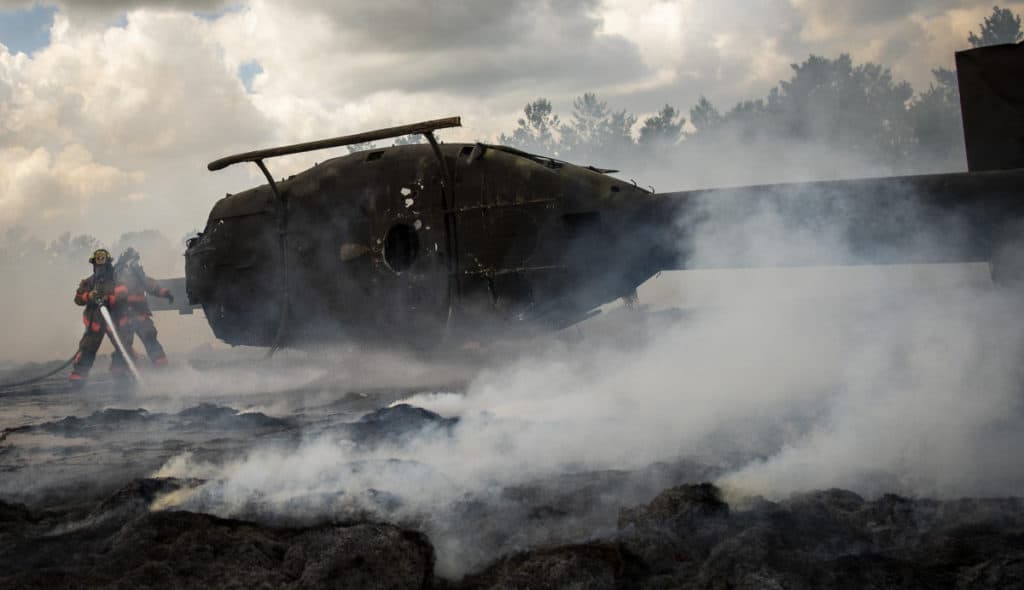
The sudden impact of a helicopter cabin with the terrain at high velocity usually means instant death. This could have been caused by a catastrophic component failure causing the helicopter to become uncontrollable, or CFIT (Controlled Flight Into Terrain) when the pilot loses visual reference with the surface due to darkness or cloud/fog and flies the aircraft into the ground/water, a mid-air collision with another aircraft, or the pilot places the helicopter into an unforgiving flight situation from which it is unrecoverable.
At any time the pilot is not able to control the helicopter all the way to the ground, then a high-impact force collision is inevitable, usually causing the death of every occupant on board.
Trapped Occupants
There have been many helicopter accidents over the decades where it was revealed that the occupants survived the impact but then succumb to other factors because they were not able to escape. An accident that comes to mind is the sightseeing helicopter that crashed into the Hudson River and everyone survived, however, because it was a ‘Doors Off’ sight-seeing flight the rear passengers were harnessed in. Because of their harness, they were not able to escape and drowned as the helicopter sank.
Other occupants of helicopter accidents have passed because they were unable to escape due to becoming pinned in the wreckage or their injuries prevented them from making their escape.
It really comes down to luck when a helicopter crashes but there are things like training that can really make a difference in the survival of each occupant. Had those passengers on the sightseeing tour had proper training on the emergency unbuckling of their harness, they may still be alive. Maybe their harnesses were never meant to be released in an emergency and thus not suitable for use in a helicopter?
Either way, if you are going to ride in a helicopter it is in YOUR best interest to ensure you get a thorough briefing from the company or the pilot on how to evacuate in the event of an emergency. For this reason, it is why I give very in-depth passenger briefings on my flights to ensure EVERY one of my passengers has the best chance of going home to their loved ones, should the worst happen!

Join My Newsletter & Get Great Tips, Information and Experiences To Help You Become a Superb Pilot!
Exposure Following an Accident
We all know about Search & Rescue and as pilots and passengers, we have that time period between the accident and help to arrive. Depending on where the accident happened that help could arrive in seconds or could be days to weeks. Many people are surprised how far you can get in an aircraft and even just 5 minutes into a flight could place you into a very hostile environment if you are not prepared for it.
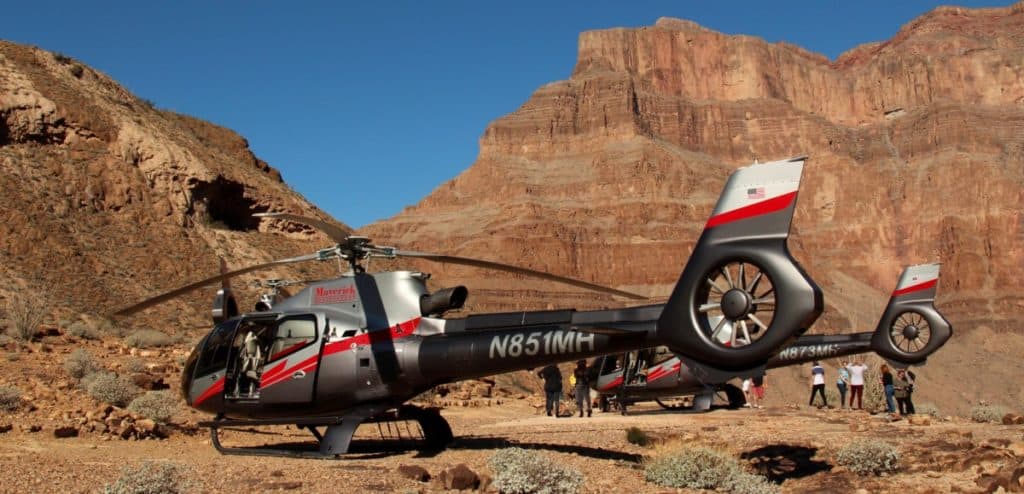
Taking a flight in a helicopter over the Grand Canyon? Do you think to take even a bottle of water with you? Taking a flight to see the Polar Bears in Northern Canada? Would you still wear your -30°C parka?
Just because the helicopter is warm/cold doesn’t mean that the same can be said if that helicopter crashes. Exposure to the elements just minutes from civilization can and will continue to cause fatalities after a helicopter accident.
I used to have this conversation with one of our paramedics when I flew MedEvac. They would never have their big parka when we went flying in winter. They said help would come and get us right away if we ever crashed. To which I pointed out “What if there was thick fog for days?”, then we would walk out is what they said! I would then reply, “What if we all have broken limbs?”
It may seem that help can always arrive but if that help does not arrive in time then exposure to the elements would be a terrible way to go considering you just survived one of the most traumatic events of your life!
Because of these things, there are several things we can all do to prepare ourselves for a helicopter flight, no matter if you are just doing it once as part of your bucket list, fly regularly as part of your job, or are learning to become a pilot, these things below may just make the difference – and some of them are great experiences in themselves!
How Do You Survive a Helicopter Crash?
Here are some of the best tried and tested ways to ensure you have the best chance of survival should you ever be involved in a helicopter accident:
Training
We all know training dramatically reduces the risks involved in everything we do in life and I personally am a huge advocate for personal training and development. As a pilot, I am constantly reviewing my aircraft emergency procedures along with annual training flights with training pilots, simulator flights, and software-based exams to ensure I can be the safest pilot I can be for my passengers.
As a passenger, there are several types of training you can give yourself depending on how often you get to fly in a helicopter:
Passenger Briefing – This small 5-10 minute presentation is paramount. I know we all switch off when the flight attendants begin their demonstration on an airplane, but for a helicopter, the briefing is very different and should not be skipped.
Be sure to read the safety briefing cards offered and never be afraid to ask questions or ask to have a go yourself at opening the doors before the flight begins. Helicopters are a simple vehicle when it comes to their passengers but if you don’t know how to get out, then that is a problem.
Oh, and you would be surprised how many passengers I see trying to pull the door handles the wrong way just 2 minutes after I showed them multiple times! – I have tried to change the way I deliver the briefing to solve this but people just don’t listen! This could kill them!
If you are a regular passenger in a helicopter then I highly recommend the next two courses if you can get on them.
Great fun, but a huge eye-opener!!!
Wilderness Survival Training – Being trapped in an environment can be a terrifying experience but having a small bit of knowledge behind you can really improve that time spent waiting to be rescued. No matter if the terrain is desert, jungle, arctic, woodland, or water, getting some survival training for the environment you fly around in the most is a great tool to have.
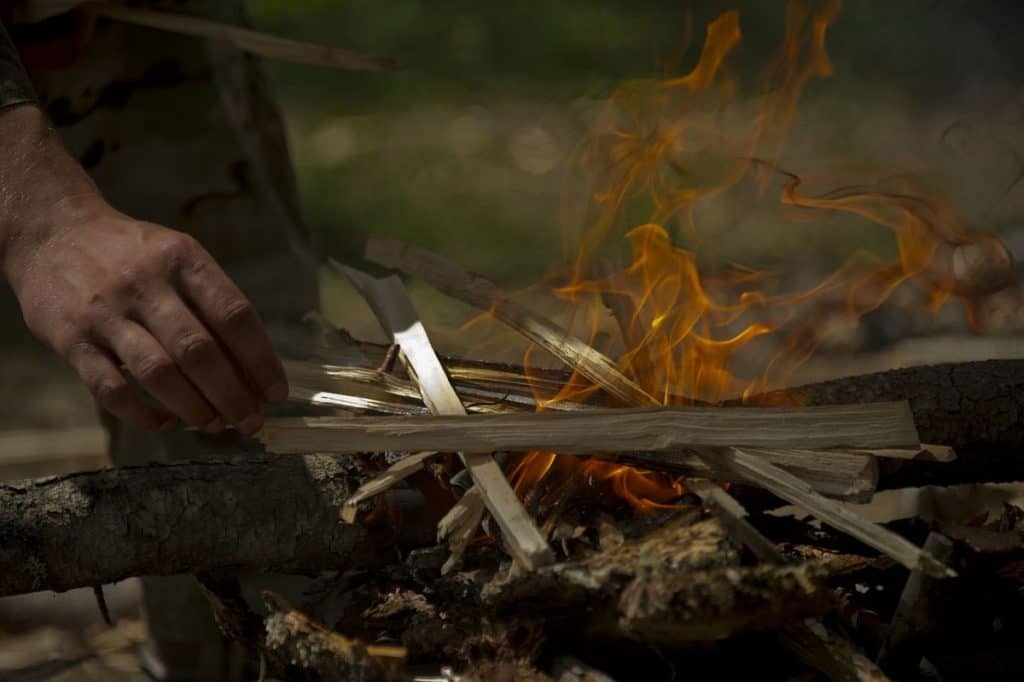
When I was in flight school I went on a wilderness survival training course and it was here that I learned how far into the wilderness a helicopter can get you in such a short space of time. Because of that course, my outlook on survival changed! Have I ever needed the knowledge, not yet, but it’s still there if I do!
Have a Google search for wilderness survival training in your area, if you can find one aviation specific then even better. But definitely go and book a course and go have some fun and learn something new!
HUET (Helicopter Underwater Escape Training) – By far the biggest eye-opener of my flying career was when I undertook the HUET training! I have done it twice now and to this day it still makes me hug shorelines when I’m flying, especially when I know the water is cold!
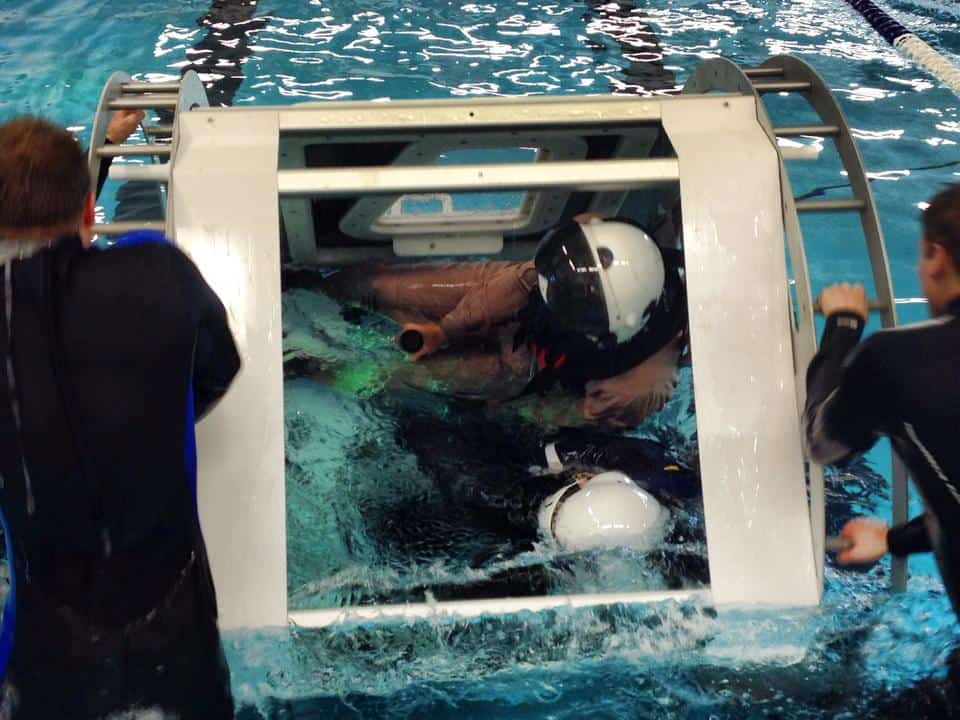
If your job involves flying over lots of water in a helicopter then I insist you get signed up on a Helicopter Underwater Escape Training course! I can safely say that without this training and if you were a passenger on a helicopter that ended up in the water, you would stand only a 10-20% chance of getting out of the aircraft! Why…
Helicopters have the engine/s and the main transmission mounted up high on top of the helicopter. This makes them top-heavy and if the helicopter is not equipped with emergency popup floats, the helicopter will roll upside down with you in it once it lands on the water. I can assure you this is so disorientating and I did this in a warm swimming pool and I knew it was coming!!!
Some facilities have incredible HUET simulators, but even just the simple courses that bring a stainless steel simulator to a pool is invaluable. Get yourself booked on one! Oh, and its fantastic fun!
Clothing
Dressing for the weather condition and location over which you are flying is very important! Exposure following an accident is a silly way to leave this world just because you were not dressed accordingly. The tough part comes when deciding what to wear to be comfortable in the helicopter as well as surviving the weather conditions outside of the helicopter.
For the majority of flights where passengers are on a tour flight, the weather conditions at the takeoff location are pretty similar to where the flight is going so the clothing they are already wearing is usually sufficient. When the flight takes place over more hostile environments, is when clothing becomes a major concern.

When flying over water, all offshore workers and pilots will wear full immersion suits. When working in the Arctic, all crew and passengers will wear high-quality, cold-weather clothes in layers. When flying in the mountains, many crews will have layers of waterproof, breathable clothing like Gore-Tex to help protect them.
By wearing layers it allows them to decide on the right amount of clothes to be worn while flying and having the extra layers close by in case a rapid evacuation of the helicopter needs to be made.
Just as important as clothing is footwear. The wrong footwear can lead to blisters, frozen, or injured feet if it is too hot and not worn. This is why as a pilot I always ensure my passengers are dressed appropriately for the flight.
I had a ‘Kid’ adult show up in tennis shoes one day when it was snowing and -30°F outside and he was supposed to be working out in the weather all day. He was confused as to why I wouldn’t take him, but soon went home to change when he called his boss and told him why we couldn’t fly – Let’s just say he showed up in proper winter boots after that!
Survival Equipment
Most commercially operated helicopters will carry a survival kit of some form onboard the helicopter. Depending on the location, the contents of the survival kit can differ. Some kits may include just basic supplies for making fire, purifying water, signaling, and so forth, whereas other kits can include food rations, axes, saws, tents/shelters & life rafts, and other essential items.
The more passengers a helicopter carries the bigger the survival kit becomes, which also begins to add weight. As part of a passenger briefing, the location of any first aid kit, fire extinguisher, and survival equipment should be shown, and also how to open the access doors to get to it.
I’ve had a personal survival and first aid kit in my personal flying bag for years and it’s always nice to know I have a ‘few extras’ of things that may be useful if the helicopter were ever to go down and I were stranded for any length of time. They were cheap, tiny, and lightweight, and if you wish to look at equipping yourself with a similar kit you can find a great selection of survival items Here at the PilotTeacher Store.
To Finish
Helicopter crashes are survivable in the right conditions. Providing the impact is of low energy then the design of the helicopter fuselage can do tremendously well in protecting its occupants. In high-impact situations, the odds of surviving go down considerably.
Having good training, the right clothing, and equipment can then make a huge difference to helping protect the occupants after the accident. Rescue may not come for some time but at least if injuries can be treated, shelter and warmth can be maintained then the outcome is usually pretty good!

